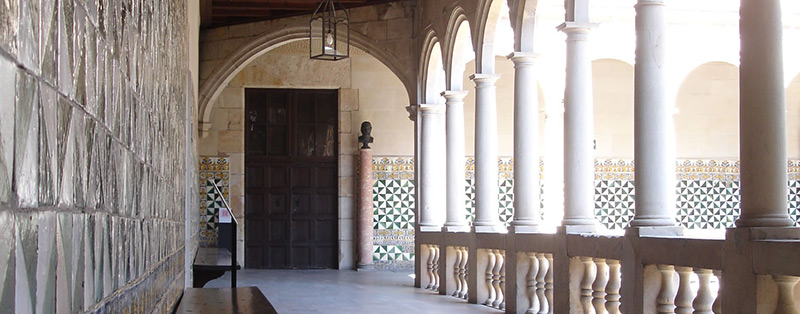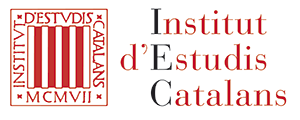Pompeu Fabra and the IEC


On 18 June 1907, the Provincial Council of Barcelona, by decision-resolution signed by its president, Enric Prat de la Riba, decided to ‘create a new centre that could be called the Institute of Catalan Studies’. The Provincial Council approved the rules of procedure on 31 July 1907.
Initially, the Institute was organized into four sections: History, Archaeology, Literature and Law. However, the founding decree specifically stated that new sections could be created. In 1911, the Institute trimmed the original four sections down to just one – the Historical-Archaeological Section – and opened two more: the Philological Section and the Science Section. Today, the IEC has five sections: the Historical-Archaeological Section, the Philosophy and Social Sciences Section, the Philological Section, the Biological Sciences Section, and the Science and Technology Section.
The founding goals of the IEC were quite clear: ‘to re-establish and organize all things related to genuinely Catalan culture’. These goals reflected the calls of public opinion, which had been repeatedly expressed, in particular, at the sessions of the 1stInternational Congress on the Catalan Language in October 1906.
The new institution was headquartered at the present-day Palau de la Generalitat (headquarters of the Catalan government), which, at the time, was still known as the Palau de la Diputació (headquarters of the Provincial Council). It occupied the offices that had, until recently, been used by the Provincial Court.
From the moment it was created, the Philological Section, one of the five current sections of the IEC, has fulfilled the role of academy of the Catalan language entrusted to the Institute. Under Article 3 of the IEC Statutes, the Philological Section is tasked with three main lines of action:
- establishing language rules;
- research and scientific study of the language; and
- monitoring the normalization process in all Catalan-speaking and culturally Catalan lands.
Initially, the Philological Section was staffed, amongst others, by two of the greatest linguists of their day, Antoni M. Alcover, its first director, and Fabra, who would become the primary codifier of the Catalan language. At their side were three major writers, from different generations and schools: Àngel Guimerà, Joan Maragall and Josep Carner, who was secretary of the Section. Finally, there was a Hellenist – Lluís Segalà – and a Bible scholar – Frederic Clascar. Fabra was president of the Philological Section from 1917 until his death in 1948.
At L’Avenç, Fabra, who is considered the ‘seny ordenador’ of modern Catalan (roughly, the bringer of common sense and order), had promoted a campaign for language reform. He participated in the 1stInternational Conference on the Catalan Language (1906). He was the driving force behind the publication of Normes ortogràfiques (Spelling Rules) and, by commission of the IEC, he prepared the Gramática de la lengua catalana (Grammar of the Catalan Language) (1918), which the Institute adopted as an institutional work. He additionally authored Converses filològiques(Philological Conversations) and Diccionari general de la llengua catalana(General Dictionary of the Catalan Language) (1932), which was considered the official dictionary until the publication of Diccionari de la Llengua Catalana (DIEC) (Dictionary of the Catalan Language) in 1995 (second edition in 2007).
Between 2005 and 2013, all of Fabra’s works were published. Totalling some ten thousand pages, they comprise the nine-volumeObres completes (Complete Works). The collection was edited by Jordi Mir and Joan Solà, with the collaboration of 30 specialists. The index volume of the Obres Completes was published as part of the activities marking the Year of Pompeu Fabra in 2018.
More recently, the IEC has published a new grammar, Gramática de la Llengua Catalana (2016) and an updated set of spelling guidelines, Ortografia Catalana (2017).
